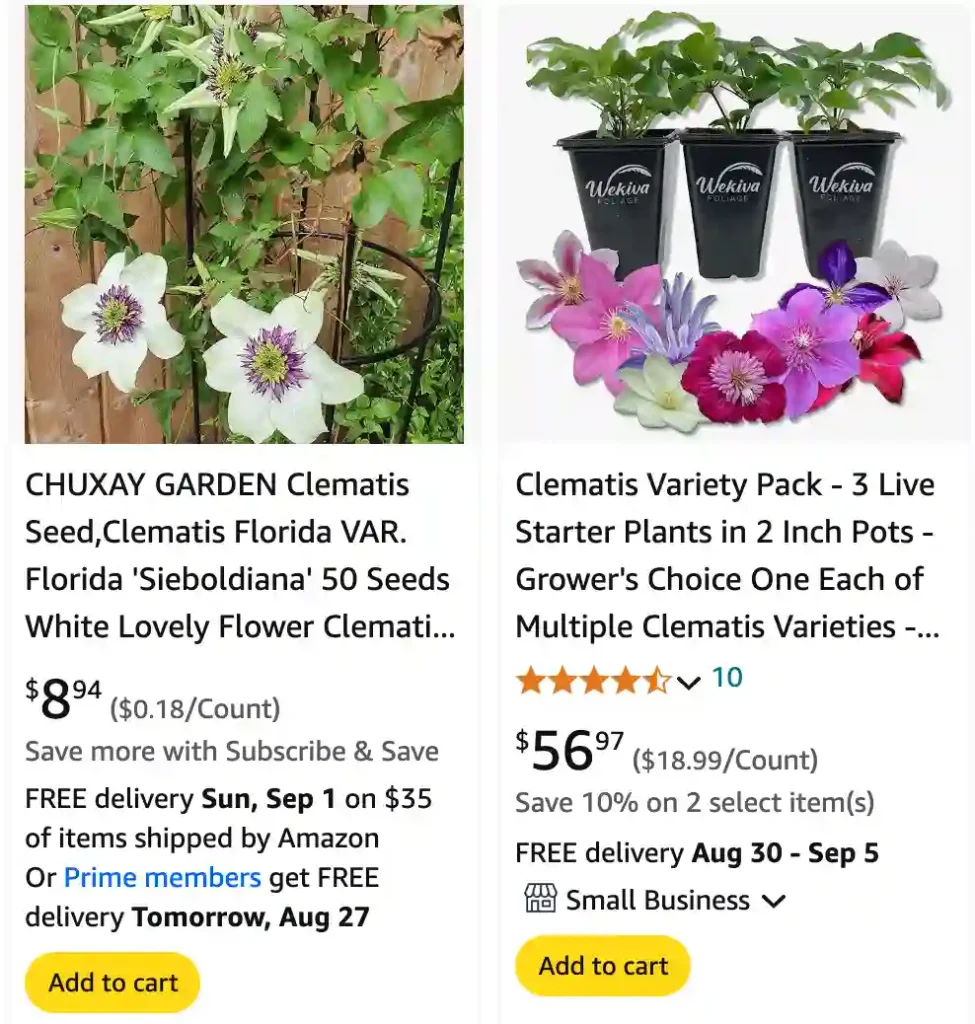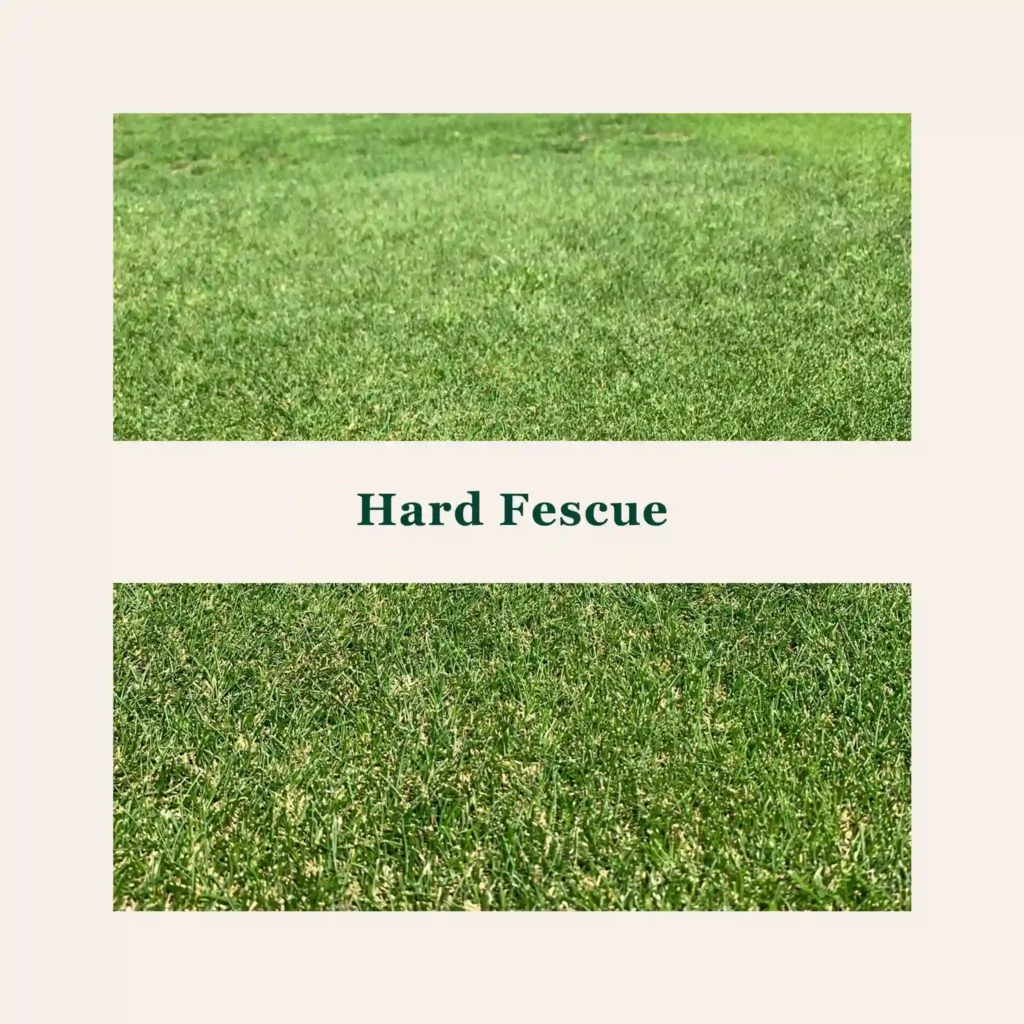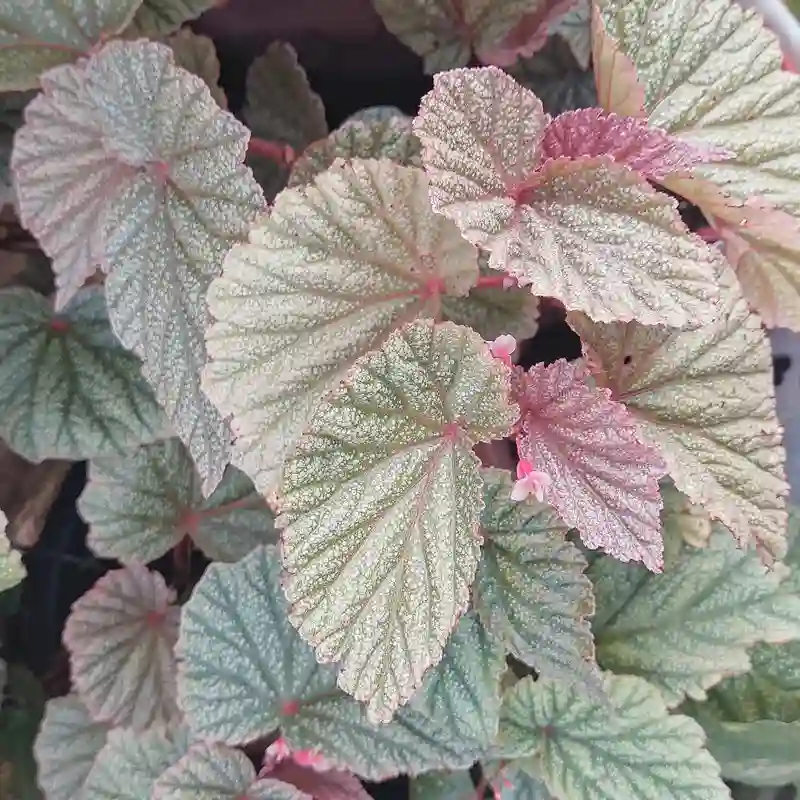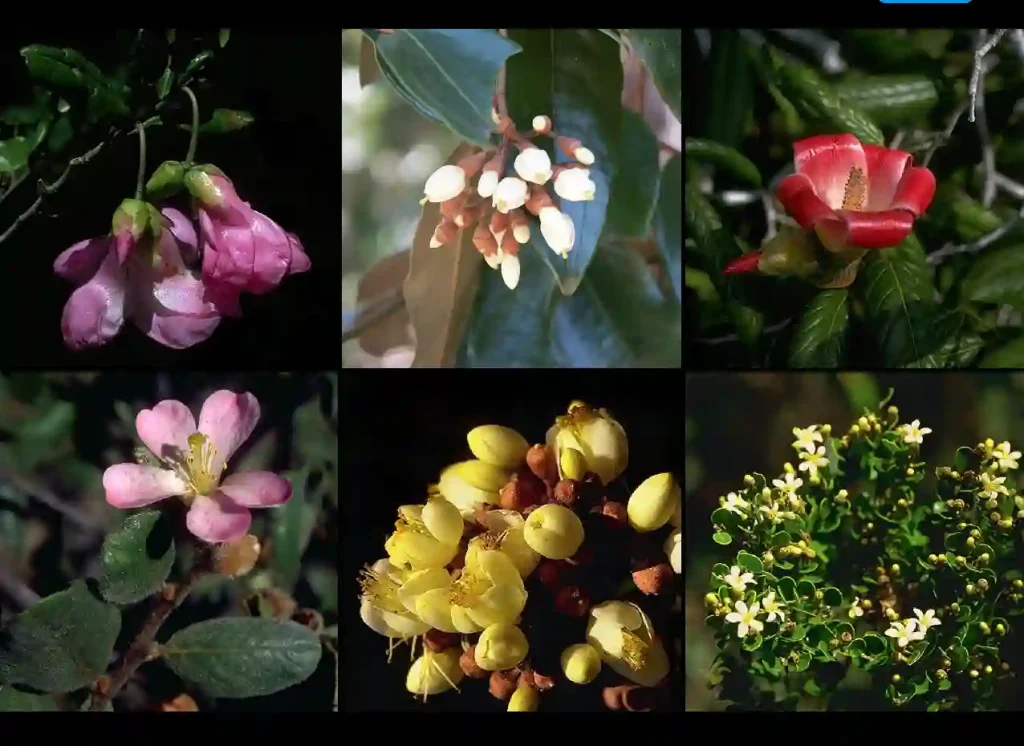
FAQs About Clematis Florida: Everything You Need to Know
When I first encountered Clematis Florida, I was immediately struck by its beauty. This charming perennial has become a favorite in my garden, and I’ve learned a lot about it along the way. If you’re considering adding Clematis Florida to your garden, you probably have some questions. Here’s a comprehensive guide based on my experiences and research.
391 Species in Genus Clematis
What Is Clematis Florida?
Clematis Florida, commonly known as the Florida Clematis, is a deciduous climbing plant known for its stunning, large flowers. These blooms typically appear in shades of pink or white and have a delightful fragrance. It’s a part of the Clematis genus, which includes over 300 species and hybrids. Clematis Florida is particularly appreciated for its vigorous growth and ability to quickly cover trellises, arbors, and fences.
How to Care for Clematis Florida?
Caring for Clematis Florida involves a few key steps. Here’s what I’ve found to be essential:
- Sunlight: Clematis Florida thrives in full sun to partial shade. It’s best to provide it with at least six hours of sunlight daily. However, in very hot climates, some afternoon shade can help protect the plant from scorching.
- Soil: This plant prefers well-drained, loamy soil that is rich in organic matter. Adding compost or well-rotted manure to the soil before planting can give it a good start.
- Watering: Regular watering is crucial, especially during dry periods. However, be cautious not to overwater, as Clematis Florida doesn’t like soggy soil. A layer of mulch can help retain moisture and keep the roots cool.
- Pruning: Pruning Clematis Florida can be a bit tricky. I find that it blooms on old wood, so I usually wait until after it flowers to prune. Cutting back the plant in early spring before new growth starts can help maintain its shape and encourage healthy blooms.
How to Propagate Clematis Florida?
Propagating Clematis Florida is relatively straightforward. I’ve had success with both seeds and cuttings:
- Seeds: Start seeds indoors about 6-8 weeks before the last frost. Soak the seeds in water for 24 hours before planting them in a seed-starting mix. Keep them in a warm, sunny location and transplant seedlings outside after the danger of frost has passed.
- Cuttings: Take cuttings in late summer or early fall. I use a sharp knife to take 4-6 inch cuttings from the tip of a healthy Clematis Florida vine. Dip the cut end in rooting hormone and plant it in a pot with a well-draining soil mix. Keep the cuttings moist and in a shaded area until roots develop.
What to Plant With Clematis Florida?
Clematis Florida pairs well with a variety of companion plants. I’ve enjoyed combining it with:
- Roses: The vibrant flowers of Clematis Florida contrast beautifully with the rich colors of roses, creating a stunning visual effect.
- Hydrangeas: The large, lush blooms of hydrangeas complement Clematis Florida’s delicate flowers, adding a layer of texture and color.
- Climbing Roses: If you have a trellis or arbor, combining Clematis Florida with climbing roses can create a dramatic floral display.
Is Clematis Florida Toxic?
Clematis Florida is not considered toxic to humans or pets. However, as with many plants, it’s a good idea to prevent pets and small children from ingesting any parts of the plant, just to be safe. If you notice any adverse reactions, consult a healthcare professional.
Benefits of Clematis Florida
The benefits of growing Clematis Florida are numerous:
- Aesthetic Appeal: Its large, fragrant flowers make it a standout feature in any garden.
- Versatility: Clematis Florida can be grown on various supports like trellises, arbors, and fences, making it a versatile addition to your garden design.
- Low Maintenance: Once established, Clematis Florida requires minimal care, making it ideal for busy gardeners.
Common Problems
Despite its many benefits, Clematis Florida isn’t without its challenges. Here are some common issues I’ve encountered:
- Pests: Watch out for aphids and spider mites, which can sometimes infest Clematis Florida. Regular inspections and appropriate treatments can help manage these pests.
- Diseases: Clematis wilt is a serious disease that can affect this plant. I recommend ensuring good air circulation around the plant and avoiding overhead watering to reduce the risk.
- Poor Blooming: If Clematis Florida isn’t blooming well, it might be due to inadequate sunlight or improper pruning. Ensure it gets enough light and prune at the right time.
Compare Clematis Florida with Other Clematis Varieties
Clematis Florida is often compared to other Clematis varieties. Here’s a quick comparison:
- Clematis Jackmanii: Unlike Clematis Florida, which blooms in spring, Clematis Jackmanii blooms later in the summer. Jackmanii also tends to have smaller flowers but is equally vigorous.
- Clematis Montana: Clematis Montana, another popular variety, blooms earlier in the spring and often has a more spreading growth habit compared to the climbing Clematis Florida.
- Clematis Viticella: This variety blooms later in the season and is known for its smaller, less fragrant flowers. It’s a good alternative if you want continuous bloom throughout the growing season.
Clematis Florida has earned a special place in my garden due to its striking flowers and relatively easy care. With the right attention and a bit of planning, it can be a stunning addition to any garden space. If you have any other questions or need specific advice, feel free to reach out!
If i die, water my plants!



